Unit Code: SGR801
Unit Name: Surgery
Description: The purpose of this course is to provide : 1. To educate and up-skill qualified doctors MBBS or equivalent) who want to improve their surgical skills and knowledge to a level enabling them to be able to competently manage many common surgical emergencies and to identify more complex diseases and refer the patient for specialist’s care. It is not a specialist qualification. 2. Successful completion of the Diploma is a prerequisite to progression into the first year of the Master of Medicine in Surgery
Learning Target Outcomes: On successful completion of this course, students will be able to: 1: Discuss normal anatomy and physiology, as well as pathophysiology, investigations, differential diagnosis and surgical and non-surgical management of abdominal wall, retroperitoneal and urogeintal disorders. 2: Discribe of normal anatomy and physiology, as well as pathophysiology, investigations, differential diagnosis and management of benign and malignant breast diseases. 3: Discuss normal anatomy and physiology, as well as pathophysiology, investigations, differential diagnosis and management of benign and malignant diseases of the colon, rectum and anal canal. 4: Demonstrate clinical competency in identification and resuscitation of acute surgical emergencies and thorough understanding of their management. 5: Explain normal anatomy and physiology, as well as pathophysiology, investigations, differential diagnosis and management of disease of the endocrine glands. 6: Describe normal anatomy and physiology, as well as pathophysiology, investigations, differential diagnosis and management of benign and malignant conditions of the head and neck. 7: Demonstrate clinical competency in evaluating critically ill surgical patient. 8: Discuss normal anatomy and physiology, as well as pathophysiology, investigations, differential diagnosis and management of benign and malignant conditions affecting skin and soft tissues. 9: Describe normal anatomy and physiology, as well as pathophysiology, investigations, differential diagnosis and management of benign and malignant diseases of the small intestine. 10: List principles of surgical oncology. 11: Apply EMST(Emergency Management of Severe Trauma) principles in the management of trauma victim. 12: Discuss normal anatomy and physiology, as well as pathophysiology, investigations, differential diagnosis and management of benign and malignant diseases of the hepatobiliray system and pancreas. 13: Discuss normal anatomy and physiology, as well as pathophysiology, investigations, differential diagnosis and management of benign and malignant diseases of the oesophagus and stomach. 14: Describe the identification, evaluation and the principles of management of diseases of the arteries, veins and the lymphatic system. 15: Manage diabetic foot sepsis. 16: Discuss diagnosis and management of common orthopaedic conditions.
Prerequisite: Minimum Entry Requirement.
Prerequisite Sentence: N/A
Credit Point: 120
Offered In: Semester 1,2